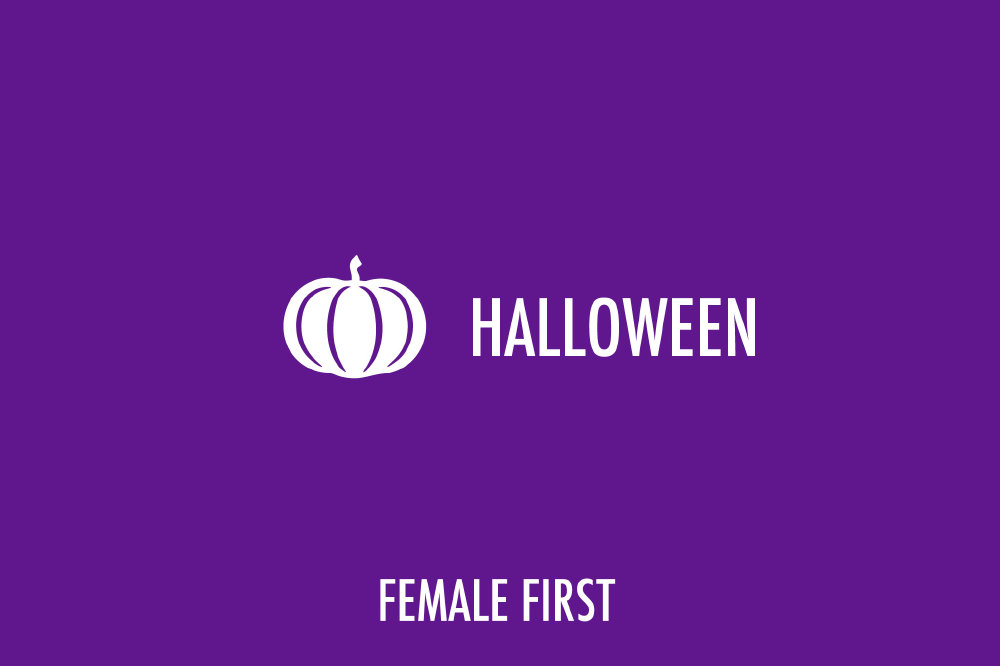The didactics team from leading learning app, Babbel (www.babbel.com) shed some light on the origins of some of the most spooktacular Halloween traditions:

Halloween on Female First
Samhain
The tradition of Halloween comes from Samhain, an ancient pagan festival celebrated by the Celtic people. It first took place in Britain, Ireland, and North-Western France. It was believed that as the days became darker and the harvest season came to an end, the boundary between our world and that of the dead became thinner and could be crossed by spirits. This is also where the tradition of dressing up in costume comes from - people dressed up to disguise themselves from the walking dead who might want to harm them.
Wicce
The word ‘witch’ comes from the Old English ‘wicce’, meaning ‘wise woman’. At one time, these women were highly respected. According to popular belief, witches held meetings known as ‘sabbaths’ on All Hallows Eve. If you’re looking to travel for Halloween, consider visiting Boston, US, and tour the 1600's Salem Witch Trials to learn more about the history of the witches. Travel deal sites, such as HolidayPirates, offer return flights for as little as £228 to Boston.
Jack-o’-lanterns
The first jack-o’-lanterns were actually made from turnips, while the name originally comes from English folklore. The term refers to either ‘foolish fire’, an illusion of flickering light that occurs over swamps and peat bogs, or is so-called after a man called Stingy Jack. The story dates back hundreds of years, with the belief is that Stingy Jack tricked the devil, by making him climb up a tree, trapping him there by surrounding said tree with crosses. As a result, he was forbidden entrance to heaven or hell, leaving him wandering the earth using his lantern to confuse people and lead them away from their path. Instead of heading to the nearest grocery store to pick up a pumpkin for carving, consider visiting the UK’s largest pumpkin festival. More details can be found on HolidayPirates
Animals
Black cats, spiders and bats are all Halloween symbols because of their historical ties to Wiccans. These animals were thought to be the companions of witches in the Middle Ages, and are often associated with bad luck. The association between bats and Halloween goes even deeper as, during Samhain, a ritual fire was built which was meant to drive away bats (as well as insects).
Further frightful facts and study sets created by teachers around Halloween on education platform, Quizlet (www.quizlet.com), state:
Soul-cakes
Dating back to medieval times, soul-cakes are a small round cake with a hole in the middle, made on All Hallows’ Eve, to commemorate loved ones lost. The shape of the cake is round to signify eternity and would often be simply known as ‘souls’. Given out by ‘soulers’, the cakes would be given to the poor, as they would go from door to door singing prayers, filling the darkened medieval streets of local villages with haunting prayer song. This practice was commonplace in England until the early 1930s, but carried on in some areas, later becoming the more traditionally know practice of, ‘trick-or-treating’.
Skeletons and skulls
Since Halloween’s first inception by the ancient Celt’s, nearly 2,000 years ago, skeletons, skulls and human bones have been a prominent symbol of Halloween. This is said to be because they serve as a symbolic reminder of our own mortality. All saints day was originally a day to remember and celebrate those who have passed. However, it is said that the bones also serve as a reminder of the ever-present temptation of evil in our lives.
Tagged in Halloween

